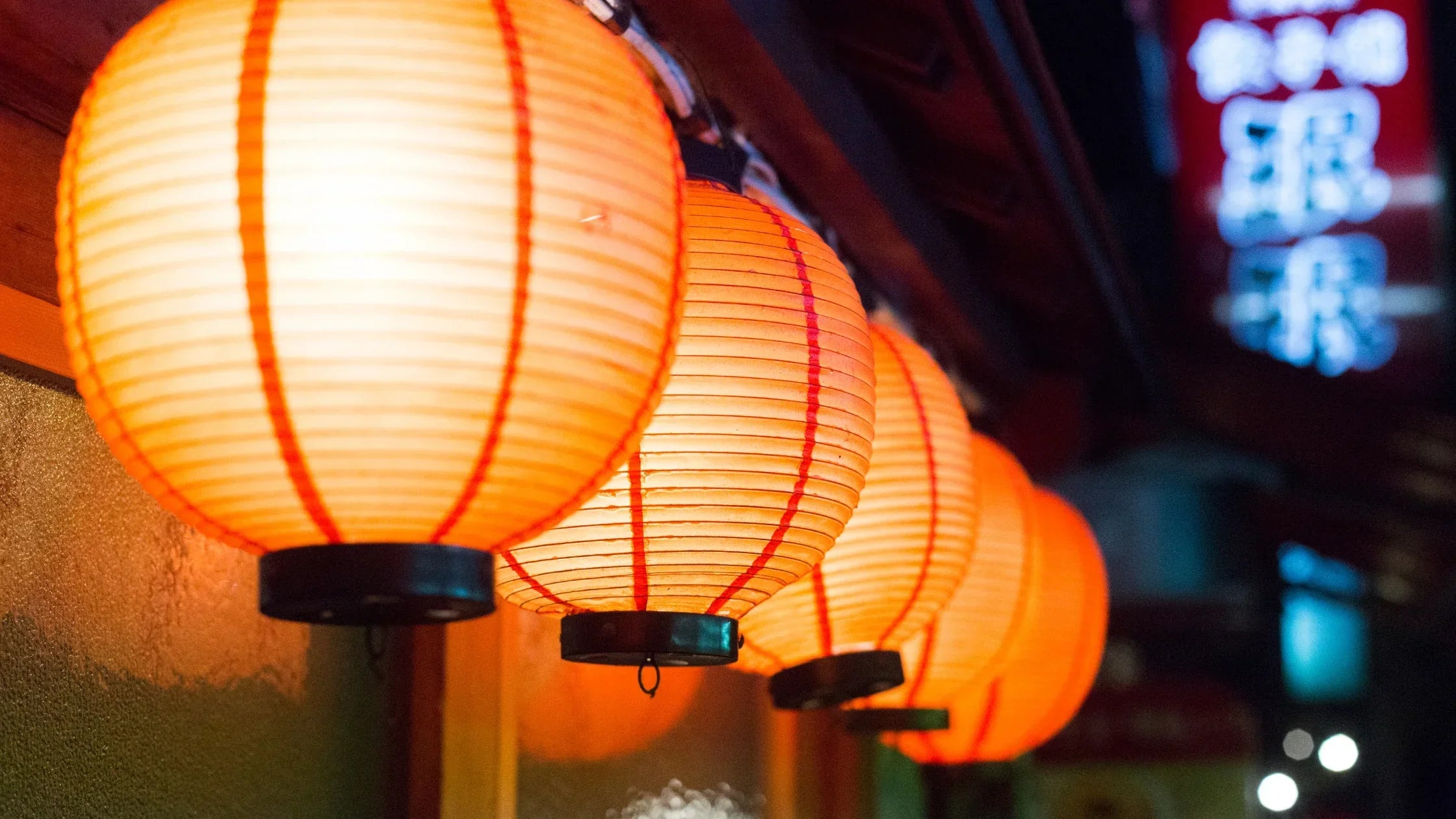If your home has been feeling a little too bright, sterile, or just plain off, it might be time to rethink your lighting. Japanese-style lighting is all about warmth, calm, and natural vibes. It's not just about how your home looks—it’s about how it feels. Soft, diffused lighting, earthy materials, and a cozy atmosphere can totally transform your space into a peaceful retreat.
In this post, we’re diving into how you can bring that serene Japanese ambiance into your home using the right lighting. From classic shoji lamps to warm bulbs and natural materials, we’ve got everything you need to know to set the mood, the Japanese way.
Why Japanese Lighting Feels So Good
Japanese design is rooted in nature, simplicity, and balance. It’s all about keeping things low-key, peaceful, and uncluttered. Lighting plays a big part in that—it’s never harsh or overwhelming. Instead, it’s soft and layered, creating a cozy atmosphere that makes you want to curl up with some tea and a good book.
A few core ideas behind this vibe:
-
Wabi-sabi: finding beauty in imperfection
-
Ma: the importance of space and what’s not there
-
Shibui: a kind of subtle, quiet elegance
These ideas come together to create lighting that feels warm, intimate, and just right.

Essential Japanese Lighting Elements
1. Shoji Lamps and Paper Lanterns
Let’s start with the basics. Shoji lamps are those beautiful wooden-frame lights with paper shades (usually washi paper). They give off a super soft glow that’s easy on the eyes and perfect for winding down.
You’ll find them as floor lamps, table lamps, and even hanging lights. If you want that classic Japanese feel, this is your go-to.
2. Andon Lamps
Another traditional option, andon lamps go way back. Think of them like vintage Japanese lanterns—wood or bamboo frames with paper shades. They were originally lit with candles, but these days you’ll find modern versions with LED bulbs.
Andon lamps work great as floor or wall lights and add a bit of old-school charm to any room.
3. Letting Natural Light Do Its Thing
Natural light is a big deal in Japanese homes. Instead of blocking it out, the goal is to filter it in gently. That’s why you’ll often see shoji screens or thin curtains that soften sunlight.
To get the look, try using:
-
Shoji window panels
-
Frosted or textured glass
-
Light-filtering blinds or washi screens
4. Keep It Minimal with Floor and Table Lamps
Japanese lighting leans into the minimalist vibe—simple shapes, neutral colors, and natural materials like wood, bamboo, and stone. You won’t find anything flashy here, and that’s the point. The focus is on calm and clarity.
Try pairing these with tatami mats, low furniture, and a muted color scheme for that cozy, zen-inspired look.

Layer It Up: How to Use Light Like the Japanese Do
In Japanese design, lighting isn’t just one big ceiling light. Instead, it’s all about layers—a mix of soft, low-intensity lights placed around the room to build a warm, relaxing vibe.
Ambient Light
This is your base layer. It lights up the room but doesn’t overpower it. Think floor lamps, diffused ceiling lights, or soft LED strips. Keep it warm and subtle.
Task Lighting
This is where you need a little more focus—like next to your bed, desk, or kitchen counter. Go for soft table lamps or wall-mounted lights that give you a gentle glow without killing the mood.
Accent Lighting
Use small lights to highlight cool features in your space—maybe a bonsai, a piece of art, or a little alcove. Recessed lights or tiny spotlights with dimmers are great for this.

Light Temperature: Keep It Warm
One of the easiest ways to kill the cozy vibe is by using the wrong color light. Japanese lighting is all about warmth. You want bulbs that mimic the glow of candles or early morning sunlight.
-
Go for warm white bulbs (2700K–3000K)
-
Use dimmers to control the brightness
-
Avoid cool or bluish lights—they feel too clinical
The goal is to create that soft, “glowy” feeling that instantly makes you exhale.

Room-by-Room Vibes
Living Room
This is your chill zone. Use a mix of floor lamps and accent lighting. A bamboo or paper pendant light in the center can be a nice touch. Focus on natural textures—wood, stone, fabric—and keep the light soft.
Bedroom
Keep it low-key and relaxing. Shoji table lamps on your nightstand are perfect, or even some soft wall lights. Ditch the overhead lighting and use multiple small sources instead.
Bathroom
You don’t need to go full spa, but you can get close. Use backlit mirrors, frosted lights, and maybe a washi lantern in the corner. LED strips under cabinets or around your bathtub can level up the mood.
Entryway
First impressions matter. A low-profile Japanese wall sconce or floor lantern can make your space feel calm and welcoming. Add a small accent light to highlight a plant or decorative piece.

Final Thoughts
Creating a Japanese-inspired ambiance at home isn’t about big, expensive changes. It’s about being intentional with your space—using light, texture, and simplicity to create a place where you can breathe.
Start small: swap a harsh lamp for a shoji light, add a dimmer switch, or play around with natural materials. Before you know it, your space will feel more grounded, more peaceful, and way more you.
Ready to cozy up your space? Grab a paper lantern, light some incense, and let the good vibes flow.



Share:
Traditional Japanese Woodworking Techniques You Can Appreciate Today
Seasonal Japanese Décor Ideas for Spring